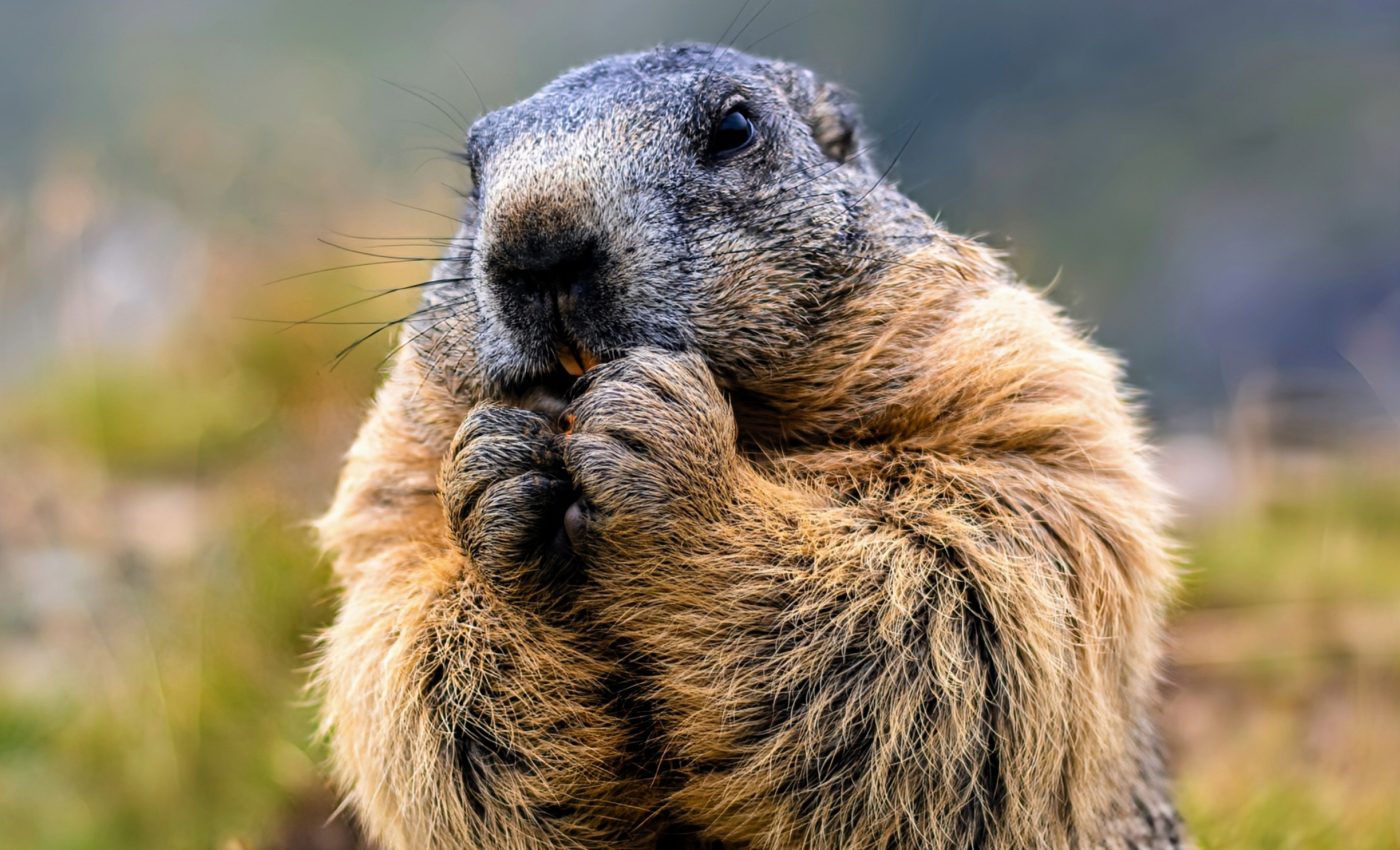
Early adversity reduces life expectancy in most mammals
Early life adversity can have lasting health impacts on individuals, even when circumstances improve later in life. To measure this, scientists use a cumulative adversity index (CAI), which quantifies factors like poverty and stress to assess long-term health and longevity.
This tool has been invaluable in identifying ways governments, healthcare providers, and families can help improve people’s lives.
Early life adversity among mammals
Wild animals also face early life adversity, but how these experiences affect their survival and lifespan is less understood.
Developing a CAI for wildlife could help scientists identify key stressors that impact animal populations and guide conservation efforts. However, the challenge lies in obtaining long-term data needed to create such an index for animals.
Cumulative adversity index for marmots
A team of biologists from the University of California, Los Angeles (UCLA) is currently addressing this challenge by developing the first cumulative adversity index for yellow-bellied marmots.
The findings are based on 62 years of continuous data collected at the Rocky Mountain Biological Laboratory in Colorado, making it the second-longest study of individually marked mammals in the world.
The research provides a framework for creating a cumulative adversity index for other species using large datasets.
Stressors affecting the lifespan of mammals
The index revealed both expected and surprising stressors that influence marmot survival and lifespan.
For instance, it was no surprise that a late start to the growing season negatively affected survival, as marmots need to gain weight during the summer to prepare for their long hibernation.
However, the team was surprised to find that summer drought had no significant impact on survival. Predation, another expected factor, played a smaller-than-anticipated role, while a mother’s death – especially if it occurred after the pup was weaned – had a substantial effect.
Pups live with their mother for a full year after weaning, so maternal loss appears to be a significant adversity.
Focus on female marmots
Doctoral student Xochitl Ortiz-Ross led the development of the index, focusing on data from female marmots born after 2001.
The data included quantifiable physiological stress measures collected until 2019, allowing researchers to track individual marmots throughout their lifespans.
Female marmots typically remain in the colony where they are born, making it easier for biologists to gather complete lifetime data.
The study population spans a 984-foot elevation change, dividing it into up-valley and down-valley groups with varying environmental conditions.
Throughout spring and summer, scientists trap and collect behavioral, morphological, and physiological data on these marmots.
Ecological, demographic, and maternal factors
Ortiz-Ross identified several key ecological, demographic, and maternal factors that affect a pup’s chances of surviving its first year.
These stressors included a late start to the season, summer drought, predation pressure, large or male-biased litters, late weaning, poor maternal health, high maternal stress, and maternal loss.
Ortiz-Ross wanted to understand how these factors impacted the marmots’ lifespan beyond the first year.
Using computer models to measure adversity
The data were fed into computer models that categorized adversity as standard, mild, moderate, or acute.
The models produced consistent results, showing that moderate and acute adversity decreased the odds of pup survival by 30% and 40%, respectively.
Marmots living up-valley had better survival odds in all models, while maternal loss reduced survival chances by up to 64% in the moderate adversity model.
Poor maternal health lowered survival odds by 77% in the moderate adversity model, while late weaning decreased survival by 33% in standardized models.
Surprisingly, drought increased survival odds in all models except for the acute adversity model, with the most significant effect in the moderate adversity model.
Acute adversity and lifespan
The average adult lifespan for yellow-bellied marmots was found to be 3.8 years, but acute adversity significantly increased the risk of shorter life expectancy.
“We found that a CAI effectively captures short-term survival risk in yellow-bellied marmots, and even in the long term, increased adversity early in life lowered the adult lifespan,” said Ortiz-Ross.
“Positive effects didn’t cancel out earlier adverse ones, suggesting that adversity does accumulate in marmots and can’t be fully recovered by positive experiences.”
The study supports the hypothesis that a cumulative adversity index is a valuable tool for assessing the long-term impact of multiple early life stressors on marmot survival.
Improving conservation efforts
“What we’re facing in terms of biodiversity management is death by a thousand cuts. We typically study one factor at a time: humans, predators, climate, and so forth,” said co-author and UCLA professor Daniel Blumstein.
“But these impacts occur together and have a cumulative effect. We need a way to figure out which of these stressors – or which combination – has the biggest cumulative effect, and our research shows the CAI can do that for marmots.”
For instance, conservation efforts targeting this marmot population could focus on the down-valley group, which fared worse than expected, and on reducing maternal mortality and improving the health of mothers.
Surprisingly, reducing predation or addressing summer drought may not be as critical, as these factors did not have as much influence as initially anticipated.
The study is published in the journal Ecology Letters.
—–
Like what you read? Subscribe to our newsletter for engaging articles, exclusive content, and the latest updates.
Check us out on EarthSnap, a free app brought to you by Eric Ralls and Earth.com.
—–













